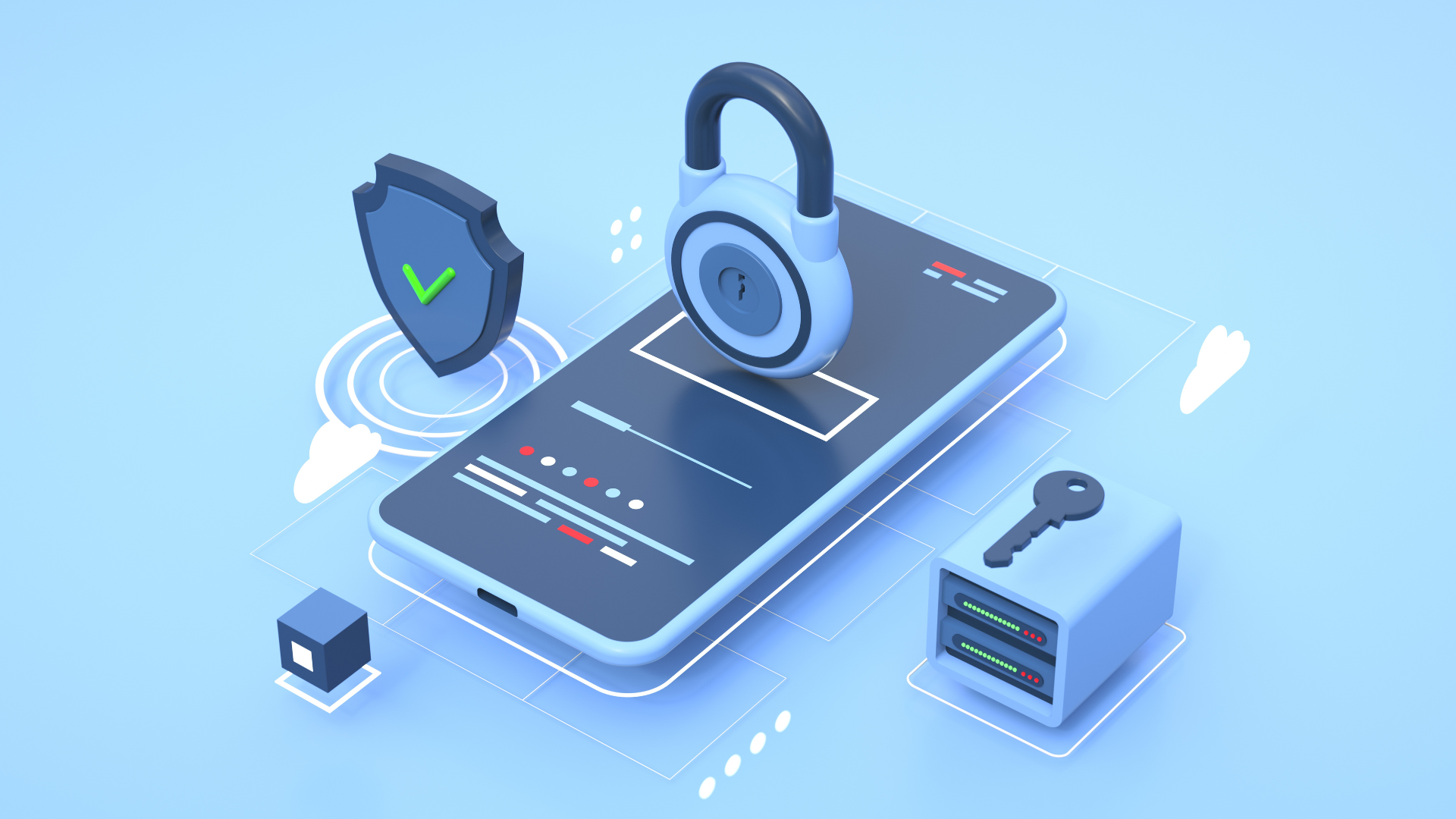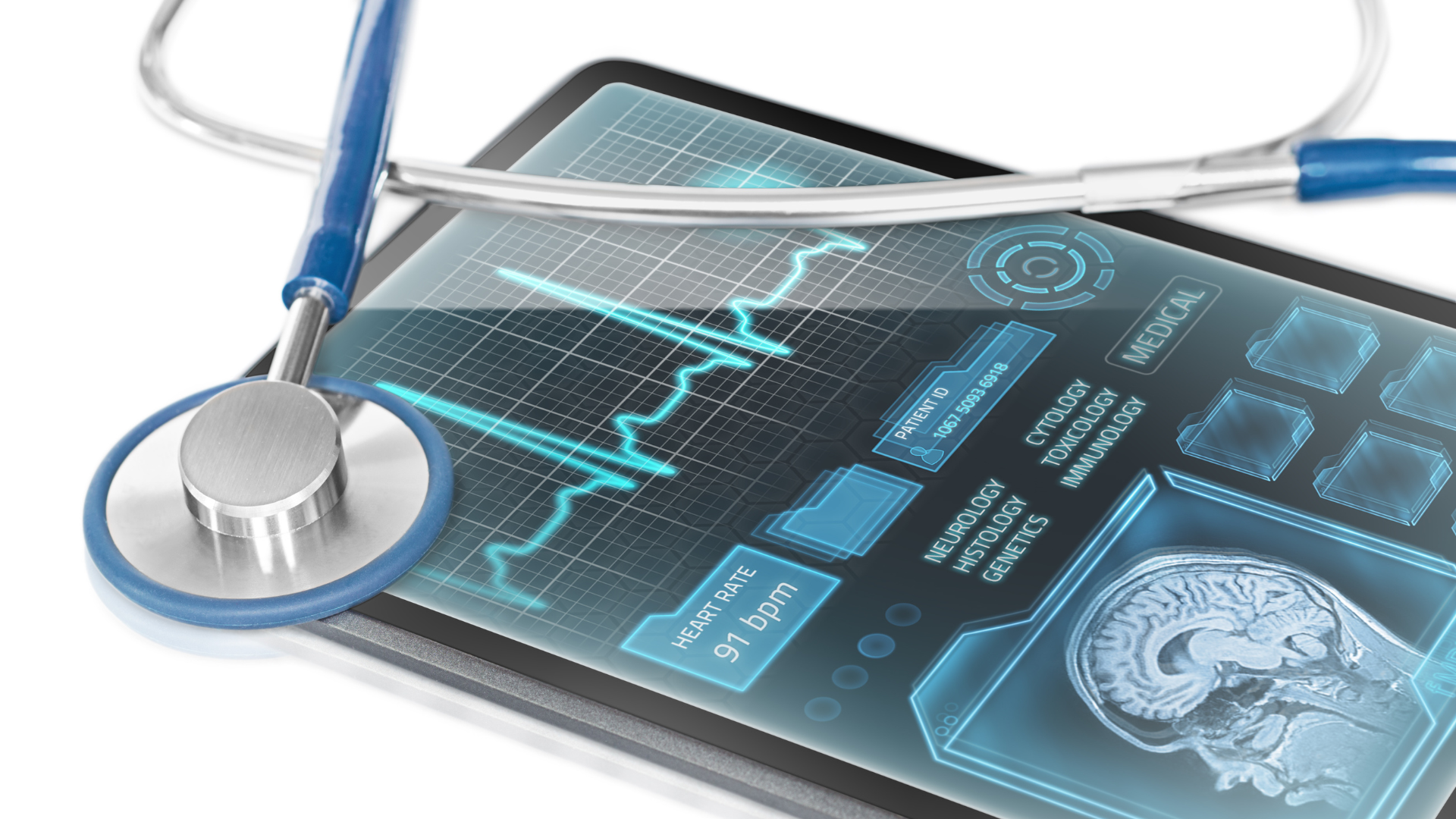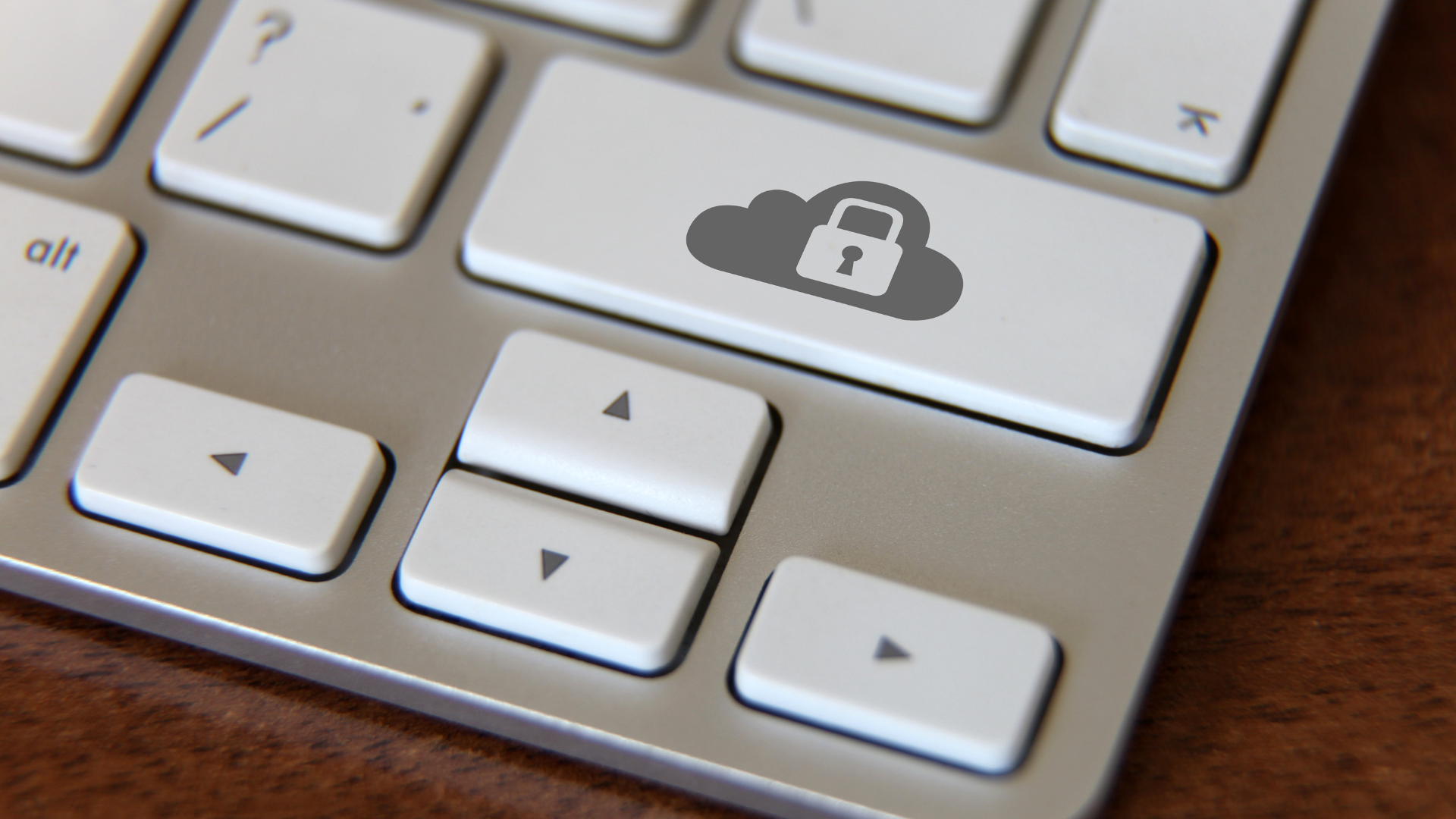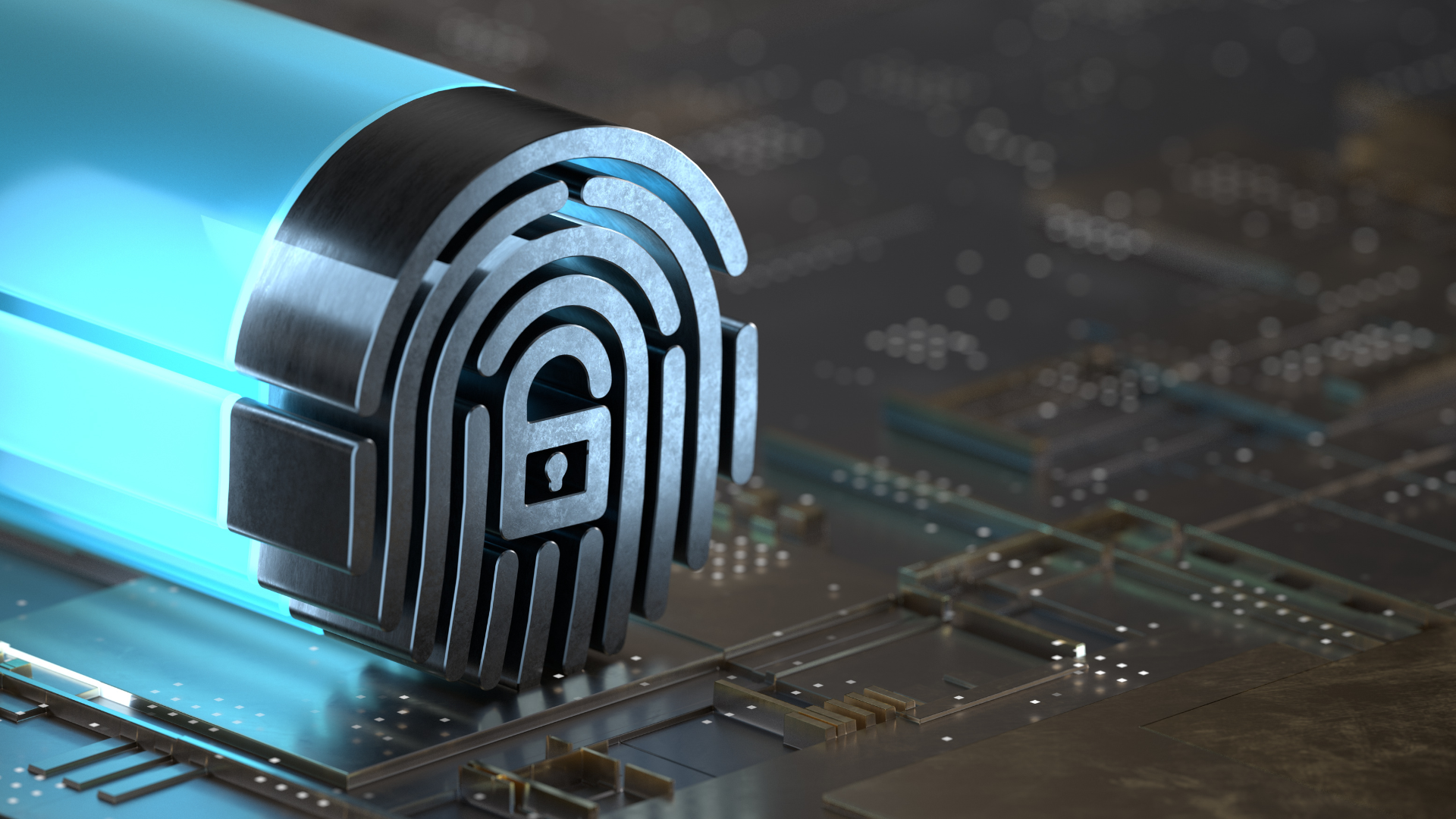Signs Your Healthcare Legacy IT Systems Need to Be Modernized
You've probably heard comments from colleagues about how frustrating their IT is. Perhaps you have even experienced computer screens freezing and your system crashes when you need to perform patient care duties.
Legacy systems are computer systems that when first acquired, were cutting edge but have become dated and no longer able to serve the current needs of their users. The main problem with legacy systems is that it usually requires significant investment in time, money, and resources to convert the system over to a modernized solution.
The Case for Legacy System Retirement in Healthcare
The continuing use of legacy technology is quite often a result of disorganized patient records, which can lead to miscommunication, higher costs, and lost income for your practice. So as you're working to improve your revenue cycle management and electronic medical record processes, it's important to know when your IT system is being used less effectively than it could be.
The legacy systems, or old-fashioned systems, that hospitals and clinics use today can be faulty, and they don't provide the level of quality care that patients deserve.
The problem is that healthcare facilities are still using old, outdated computer systems known as legacy systems. These legacy systems were developed in the 1980s and 1990s, and they have been updated over the years, but they are still not able to provide the level of quality care that patients deserve.
Hospitals and clinics need to modernize their IT system to provide better patient care. Healthcare practitioners can face a number of risks for not upgrading their system, including:
- The inability to access patient data
- Inability to collaborate with other providers or patients
- Inability to offer patient-centered care
- Lack of the ability to create and enforce policies
- Lack of the ability to provide advanced analytics
Legacy systems can be difficult to upgrade and may need to be replaced altogether. But some healthcare clinics are already trying to modernize many of their legacy systems. They’re using IT and digital transformation to get rid of these legacy systems and replace them with more efficient and innovative ones.
To give the organization the best direction for their IT upgrade, they have also had
IT experts assist them.
Some healthcare clinics have been able to automate many of their administrative tasks by using software that can handle scheduling, billing, and other tasks. This has helped them save time on these tasks, freeing up more time for the doctors and nurses to spend with patients.
Signs Your Legacy Systems Have to Be Upgraded
You may hardly ever think about the office technology that makes your medical practice run. However, it's important to pay attention to these types of systems because they continually need to be updated and patched with security measures that protect your patients' data.
Here are the signs that your healthcare clinic’s legacy systems need to go:
You Receive User Experience Complaints from Patients
The first sign of a legacy system problem is easy to spot. Your patients are complaining about their user experience while they battle with your software interface. Their responses range from feeling confused, frustrated, and even angry when they try to log into your patient portal.
Clinics are in the business of providing care to patients. It’s important for clinics to have existing systems that are able to provide accurate and timely information to the staff about the patient.
You’re Struggling to Find Parts or Replacements for Your System
One of the biggest signs your medical practice's legacy system is outdated is if you're struggling to find parts or replacements for it.
When key components of the system are no longer being manufactured, it can be difficult (and expensive!) to keep the system running. Even if your clinic's legacy system still works, it may be worth considering a modernized system that can be updated as needed.
A modernized system will likely be more user-friendly and efficient, making it easier for your staff to provide quality care to your patients.
You Can’t Keep Up With Changing Regulations
It's no secret that the healthcare industry is constantly evolving. Regulations seem to change overnight, and clinics can often struggle to keep up. Unfortunately, this can lead to costly penalties.
Fortunately, there are many solutions available that can help clinics stay compliant with changing regulations. A cloud-based EHR system, for example, can help you manage your records more efficiently and keep them up to date. This is just one of many solutions that are available to help your clinic stay modernized and competitive in today's market.
Your System Is Holding You Back From Digitization
Healthcare clinics are notorious for being slow to adopt new technology. In many cases, this is due to the large legacy systems that have been in place for years. While these systems may have been adequate at one time, they are now holding clinics back from digitization.
Many of these legacy systems are obsolete and no longer meet the needs of today's patients. They are also difficult to update and maintain, which can lead to frustration for clinic staff.
If your healthcare clinic is still using a legacy system, it's time to modernize. A modernized system will be easier to use and will provide you with the tools you need to improve patient care. It will also be more efficient and reliable, making your clinic more productive overall.
If you're not sure where to start, consult with a
healthcare IT expert who can help you develop a plan for modernization.
Your Staff Is Struggling to Use the System
The most obvious sign that your clinic's IT system needs updating is that your employees have difficulty using it. Productivity and efficiency plummet when workers are frustrated and trying to navigate through an antiquated interface.
Even simple tasks can become herculean in such an environment. The key to turning things around may be as simple as transitioning to a new software system that is easier for everyone to use.
You’re Still Using Paper Records
Paper records are time-consuming and inefficient, and they can also lead to frustration among staff members when trying to find information. In addition, they can't be easily searched or shared electronically, which can impact productivity and efficiency.
The Health Insurance Portability and Accountability Act of 1996 (HIPAA) was enacted to protect the privacy and security of patients' health information. A major requirement of HIPAA is that covered entities must have
electronic health records (EHRs). While there are some exceptions, most clinics should be using EHRs by now.
There are many benefits to using EHRs. EHRs improve the quality of care by helping providers track patient medical history and medications. They also help reduce medical errors caused by handwritten notes.
EHRs can help clinics save money by automating tasks such as billing and prescription refills. Additionally, EHRs are required for meaningful use incentive payments.
Your Software Depends on On-Premises Hosting
You might be working with outdated technology if you still run your clinic tools on physical servers. This can be costly and insecure, as it requires you to maintain your own servers and infrastructure. Maintaining them will require the full attention of experts, and if you have a small IT team, they will spread themselves too thin rather than focus on other important tasks.
By moving to the cloud, you can enjoy cost-effective, secure hosting that scales with your needs. Nowadays, there are
cloud hosting providers that will handle everything for you, from migration to maintaining your cloud server. This way, your in-house IT can focus on your practice's day-to-day IT operations rather than monitoring your servers.
What Could Happen if You Delay Modernization of Your Medical Practice’s Legacy Systems
The healthcare industry is one of the most challenging industries to run. The demands and expectations of patients continue to grow and change, while the technology to meet those demands evolves rapidly. Therefore, it’s essential to keep your healthcare clinic’s IT up to date — not just for your patients but also for your staff.
A lot of things can happen if you don't upgrade your medical practice's legacy systems.
The most important thing to consider is that the older your system, the more likely it will fail.
Upgrading your healthcare clinic’s IT can help improve efficiency and patient care by making it easier to share information across departments. It also allows for better communication between staff members, which leads to fewer mistakes being made in patient treatment plans, prescriptions, etc.
Long Overdue: Upgrade Old Healthcare Legacy Systems
When was your practice's last major technology upgrade? If it was any time before the 1990s, modernization might be in order. With all the technology advancements in recent years, it’s likely that there are still systems in your office that weren't designed for the current purpose — and can hold your office back.
The task of moving your data shouldn't be left until your clinic operations are disrupted or your medical records are compromised. Your old systems are working for now, so you're putting off your IT modernization since you're trying to cut costs. Sadly, delaying this further will cost you more than just money. If these issues aren't addressed quickly and efficiently, then they could lead to horrible consequences, including ransomware attacks.
Schedule a free IT assessment with one of our experts and get a solution designed especially for your practice.
Search Articles
Healthcare & Tech Articles

ER Tech Pros is a managed service provider (MSP) that specializes in catering to the IT needs of businesses across the globe. We have offices in Sacramento and the Greater Fresno area.
We use our cutting-edge technology, extensive experience, and global team of technology experts to ensure your IT network is in its most secure and optimal state.
We focus on your IT so you can focus on growing your company.
8795 Folsom Blvd, Ste 205
Sacramento, CA 95826
1501 Howard Rd, Ste 2
Madera, CA 93637
(855) ER-TECH-1 / (855) 378-3241
info@ertech.io
Resources
Search this Site
ERTech Pros | All Rights Reserved.












